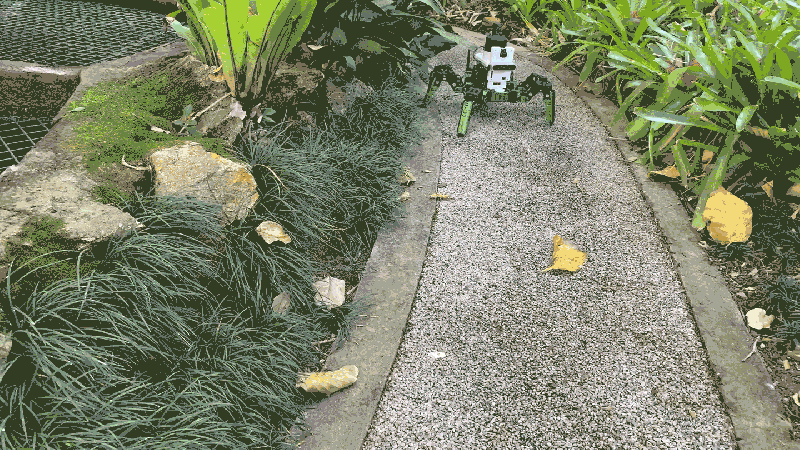
A groundbreaking new sensor system, inspired by biological eyes and brains, promises to revolutionize how robots perceive their surroundings. This innovative technology integrates a sensor, chip, and a compact AI model, operating with just a tenth of the energy required by traditional camera-based systems. The development could lead to significant advancements in robotics, enhancing efficiency and functionality.
The introduction of this system marks a significant leap in robotic vision technology. By mimicking the natural processes of human sight, the system offers a more efficient and potentially more accurate alternative to existing methods. The implications of this advancement are vast, potentially impacting industries ranging from manufacturing to healthcare.
How the New System Works
The core of the system lies in its ability to replicate the way biological eyes and brains process visual information. Traditional camera systems in robots capture images and process them through complex algorithms, which can be energy-intensive and slow. In contrast, this new system uses a sensor that directly interprets visual data, similar to how the human eye transmits signals to the brain for immediate processing.
By integrating a tiny AI model directly within the chip, the system can process data on-site, reducing the need for large amounts of data transfer and external computation. This not only speeds up the process but also significantly cuts down on energy consumption, a critical factor in mobile and autonomous robotic applications.
Expert Opinions and Industry Impact
Experts in the field of robotics and artificial intelligence have hailed this development as a potential game-changer. Dr. Emily Chen, a leading researcher in AI and robotics at the Massachusetts Institute of Technology, commented on the potential of the new system:
“This technology could redefine the capabilities of autonomous systems, making them more efficient and adaptable to complex environments.”
The impact of this technology could be profound across various sectors. In manufacturing, robots equipped with these sensors could perform tasks with greater precision and less downtime. In healthcare, robotic systems could assist in surgeries with enhanced visual acuity, potentially improving outcomes for patients.
Historical Context and Future Prospects
The evolution of robotic vision has been a gradual process, with significant milestones along the way. Early robotic systems relied heavily on bulky and inefficient camera setups, limiting their application and effectiveness. Over the years, advancements in AI and sensor technology have paved the way for more sophisticated systems. This latest development represents the culmination of decades of research and innovation.
Looking ahead, the integration of this sensor technology could lead to the development of more autonomous and intelligent robots. As energy efficiency becomes increasingly important in technology design, systems that can operate effectively with minimal energy will be highly sought after. The potential for this technology to be adapted and scaled across different applications is immense.
Implications for the Future
The introduction of this new sensor system could set a new standard in the field of robotics. As industries continue to seek ways to improve efficiency and reduce energy consumption, technologies that offer both will be at the forefront of innovation. The ability of robots to perceive and interact with their environment more naturally and efficiently could lead to breakthroughs in areas previously thought to be limited to human capabilities.
As this technology continues to develop, it will be crucial for industries and researchers to collaborate, ensuring that the potential benefits are maximized while addressing any ethical and practical challenges that may arise. The future of robotics, with this new ‘eye’, looks promising and poised for transformative change.





